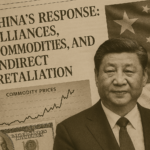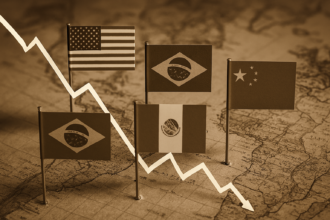For decades, Mexico was presented as a “success story” of economic integration with the United States. NAFTA and, later, USMCA strengthened production chains, expanded trade, and connected industries on both sides of the border. But this proximity, which seemed strategic, now reveals its most fragile face.
With the resumption of tariffs by the US, Mexican exports plummeted, especially in the automotive and agricultural sectors. The devaluation of the peso, rising inflation and the outflow of investments show that Mexico's dependence turned against him.
While the official discourse still preaches stability and “hemispheric cooperation”, reality shows the opposite: the United States acts as a protectionist power, and Mexico foots the bill. A relationship that promised security and growth has become a burden — a silent trap that stifles economic autonomy.
“There is no partnership between unequals — only temporary submission.”
– Popular maxim among regional integration analysts
In the previous article, we analyzed how Brazil also suffered the impacts of American tariffs. If you haven't read it, I recommend:
👉 Brazil in the crosshairs: the cost of new US tariffs for agribusiness





